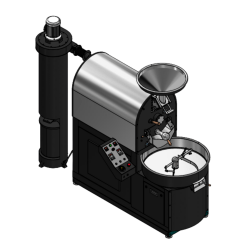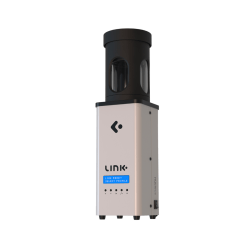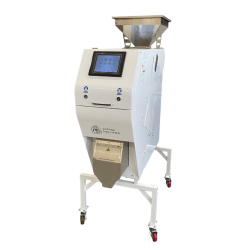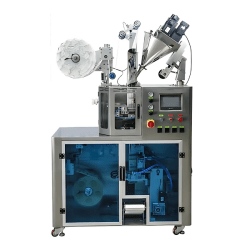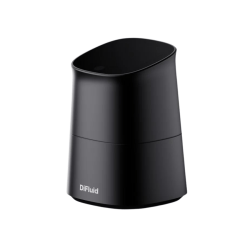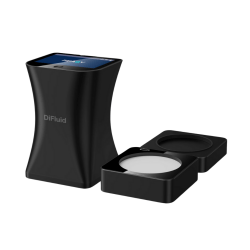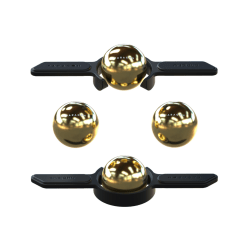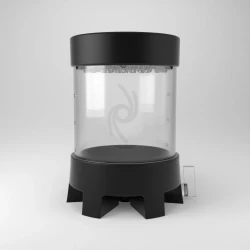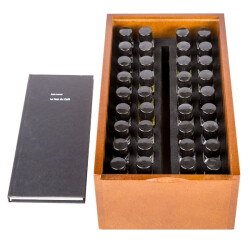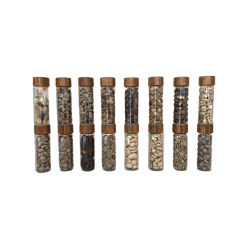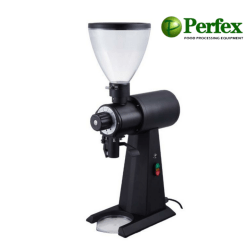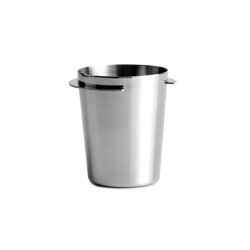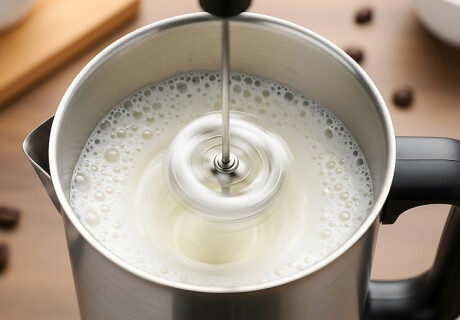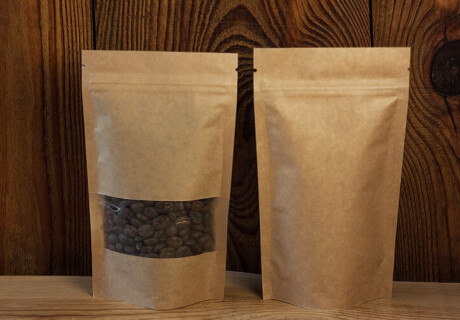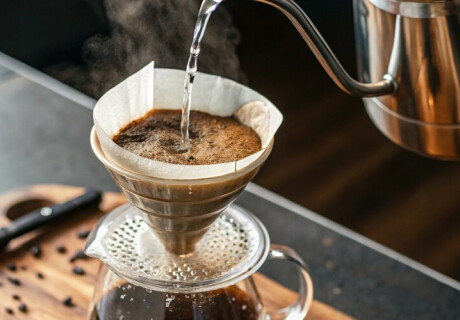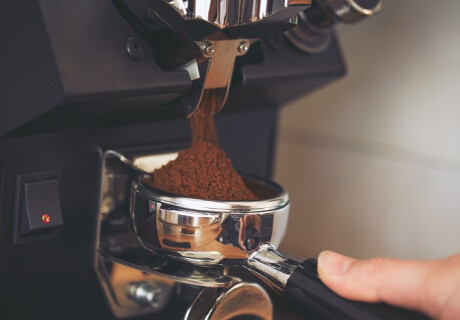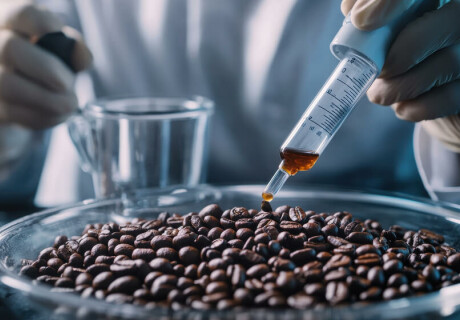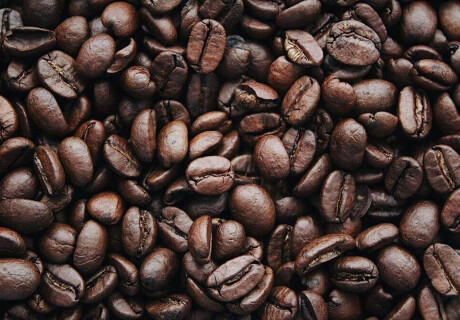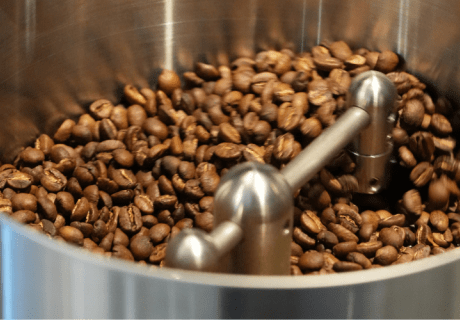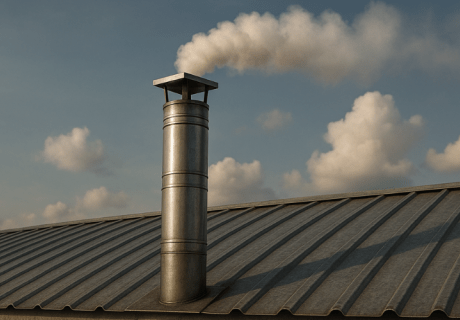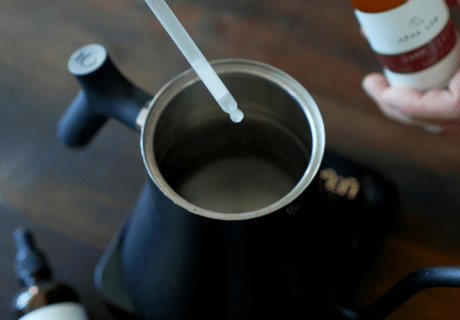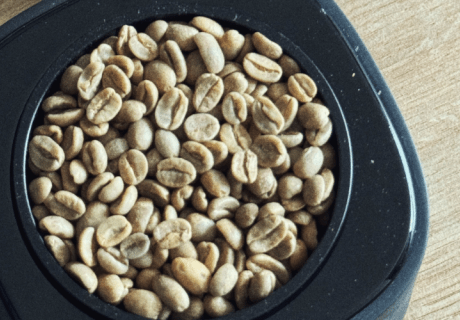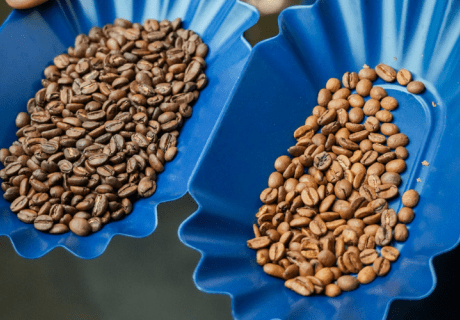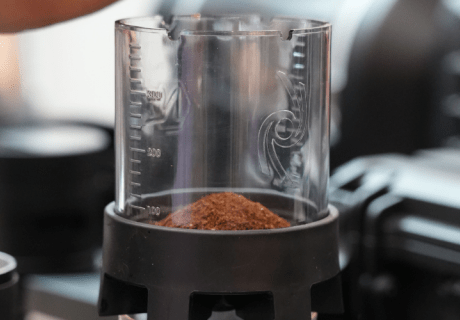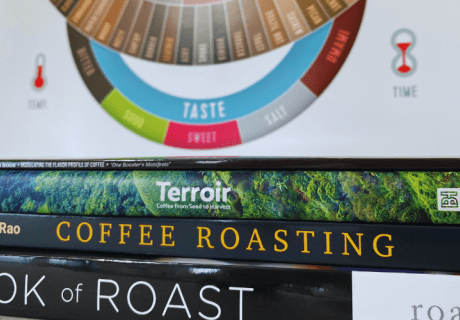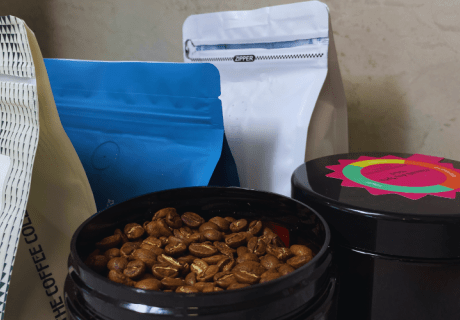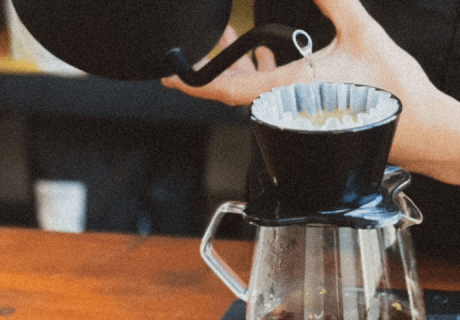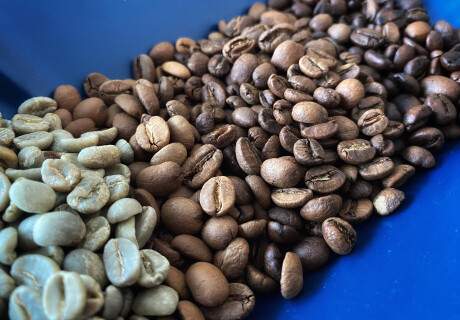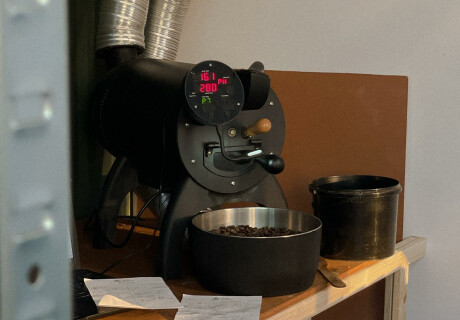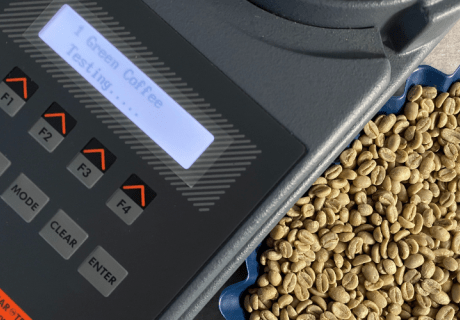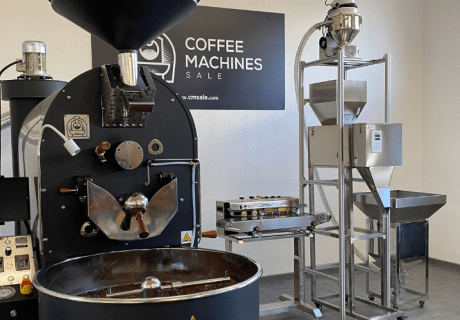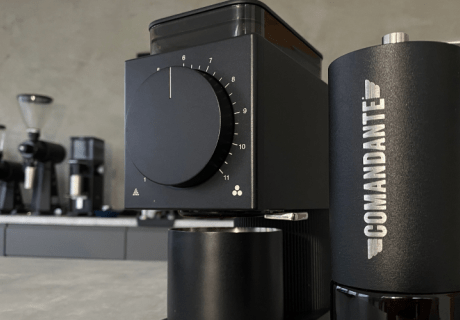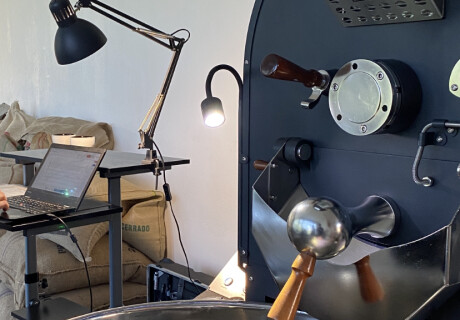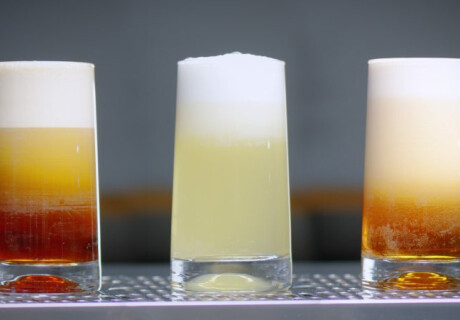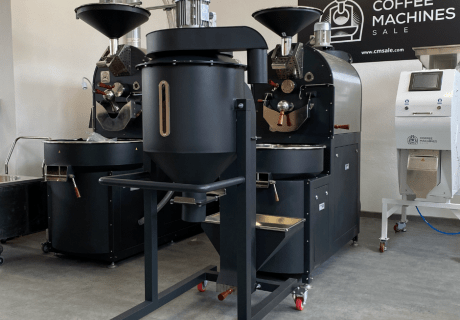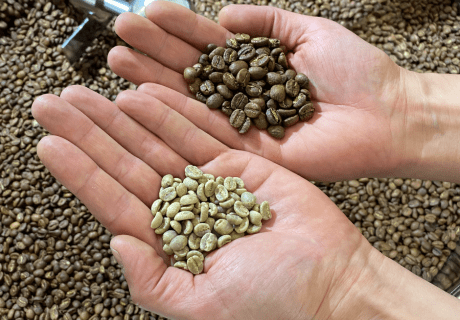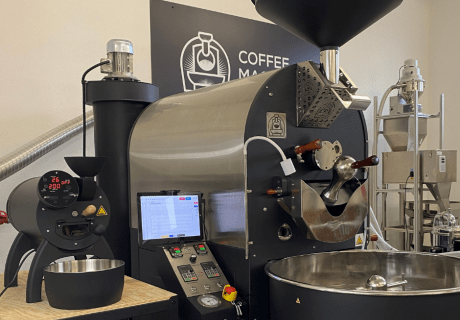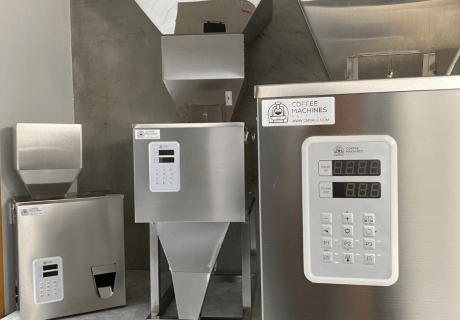How Ambient Temperature and Humidity Impact Coffee Roasting
Understanding the Impact of Temperature on Coffee Roasting
Coffee roasting is a careful process that depends a lot on the temperature around the roaster. Understanding how temperature impacts coffee roasting is important for achieving the desired flavor and aroma profiles that connoisseurs seek. The roasting process itself is a series of complex chemical reactions, primarily the Maillard reaction, caramelization, and the development of volatile compounds, which are highly sensitive to temperature variations. As the beans are exposed to heat, these reactions occur at varying intensities, shaping the final taste and aroma of the coffee. If the temperature is too high, the beans may roast too quickly, potentially leading to a burnt taste and losing some of the nuanced flavors. To keep coffee consistent and high-quality, it’s important to use environmental control in coffee production by maintaining steady temperature conditions. This involves using technology such as temperature analyzers to monitor the roasting environment continuously.
By keeping a close watch on the temperature, roasters can make precise adjustments in real-time, making sure that each batch of coffee achieves its optimal roast profile, regardless of external climate changes. This kind of control not only improves the flavor and smell of the coffee but also helps produce a consistent product that customers expect. In the end, understanding how temperature affects coffee roasting is a key part of making great coffee, showing why it’s important to have well-controlled roasting environments.
Popular temperature-monitoring tools available on the European market include:
- HeatSnob – USB-powered thermocouple with live graphing through Roast Monitor software.
- PROBAT infrared thermal imaging camera systems – optional, for detecting hotspots and preventing fires in cooling sieves.
- Testo 830-T1 infrared thermometer – standalone device for precise temperature measurement.
- Testo 608-H1 thermohygrometer – combines temperature and humidity sensing for environmental consistency.
The Role of Humidity in the Roasting Process
Humidity, like temperature, is very important in the coffee roasting process because it affects how the beans take in heat and moisture. When humidity is high, the roasting takes longer because the moisture makes it harder for heat to reach the beans. This can cause some beans to roast properly while others don’t, leading to uneven flavors. On the other hand, when humidity is low, roasting happens faster, which can cause beans to get over-roasted if the process isn’t watched carefully. Managing humidity in a roasting facility is important to keep control of the roast and make sure each batch of coffee is consistent. To achieve these goals, roasters use moisture meters to measure the moisture content in the air and within the beans themselves. These tools are invaluable for making real-time adjustments to the roasting process, allowing for precise control over how much moisture is retained or expelled from the beans during roasting.
By managing humidity well, roasters can improve the consistency and quality of the coffee, bringing out the delicate flavors and smells that make great coffee special. In short, knowing and controlling humidity is not just about preventing mistakes during roasting; it’s about creating a better coffee experience that meets the high expectations of coffee lovers everywhere. Popular brands available on the European market include: Dramiński’s TG Pro Coffee & Cocoa, appreciated for its dual Arabica/Robusta measurement modes and USB data transfer; the Dramiński HMM&G probe model, ideal for measuring moisture in bulk bags; Austria’s Schaller humimeter FS3, featuring capacitive measurement and PC data export; and the RoastSee AquaDense (also called Rainforest AquaDense), which offers ±0.5% moisture accuracy and multi-mode measurement for green, roasted, parchment, and coffee berry samples.
Maintaining Roasting Consistency Across Varying Climates
Maintaining roasting consistency in changing climates is one of the biggest challenges coffee roasters deal with. As the climate changes, temperature and humidity levels also change, which can greatly affect the roasting environment. These changes can cause the roast to be uneven, which impacts the flavor, smell, and overall quality of the coffee. Even small shifts in the environment can make the beans roast too fast or too slow, making it hard to keep the same roast level in every batch. To handle these problems, roasters need to use smart technology and carefully manage their roasting facility.
To practice reliable environmental control in coffee production, roasteries use modern equipment such as climate control systems and real-time monitoring tools to keep track of temperature and humidity inside the roasting facility. By using these technologies, roasters can keep a steady and controlled environment that reduces the effects of weather changes outside. In addition, regularly adjusting roasting equipment and using flexible roasting settings based on the current environmental conditions help achieve precise and consistent results. With these steps, roasters can make sure every batch of coffee meets high standards, no matter what the weather is like outside, and deliver a consistent, high-quality coffee to people all over the world.
Understanding Weather-Related Roast Profile Variations
The details of coffee roasting are closely connected to weather conditions, which can cause noticeable weather-related roast profile variations. Changes in air pressure, temperature, and humidity affect how heat moves through the coffee beans while roasting. On a humid day, the extra moisture in the air can slow down the roasting process, so adjustments are needed to make sure the beans roast just right. On the other hand, dry weather can speed up roasting, which might cause the beans to over-roast if not watched carefully. These changes in weather make it hard for roasters to keep the flavor and quality consistent from batch to batch.
To handle these challenges well, many roasters use temperature analyzers that give real-time information about the roasting environment. These tools are important for making accurate changes during roasting, so roasters can adjust for the current weather and keep control of the roast profile. They help roasters carefully manage the roasting process, making sure the intended flavors stay the same even when the weather changes. By understanding and adjusting to weather-related differences, roasters can keep making high-quality coffee that meets what customers expect, ensuring every cup has the right taste and smell no matter what the weather is like outside.
Techniques for Environmental Control in Coffee Production
Strong environmental control in coffee production is important to get consistent and high-quality roasting results, no matter how the outside weather changes. One of the best practices in managing the environment within a coffee production facility is the implementation of advanced climate control systems. These systems allow for precise regulation of temperature and humidity levels, ensuring that the roasting conditions remain stable and optimal. By creating a consistent microclimate inside the facility, roasters can mitigate the effects of external weather changes that could otherwise lead to variances in roast profiles and overall coffee quality.
Besides using climate control systems, real-time monitoring technology is very important. Sensors that keep track of conditions all the time give roasters useful information, so they can quickly make changes when needed. This way of working with data helps roasters stay ahead and lowers the chance of sudden changes affecting the roasting process. Also, regularly checking and adjusting roasting equipment makes sure all machines work well and stay consistent. By using these technologies and good practices together, coffee production facilities can keep tight control over their environment and consistently produce coffee that meets the high expectations of coffee lovers around the world.
Essential Tools for Measuring Temperature and Humidity
Temperature analyzers help roasters track how heat moves through coffee beans during roasting. These devices can measure temperature changes with an accuracy of ±1°C, providing detailed information at different stages of roasting. This allows roasters to adjust the process precisely, helping achieve a more even roast and bring out the desired flavors in the beans. Studies show that controlling the roasting temperature within a narrow range can improve flavor consistency by up to 20%.
Moisture meters measure the amount of moisture inside the beans before and after roasting. Raw coffee beans typically contain between 10% and 12% moisture, which needs to be reduced to about 1.5% to 2% during roasting for optimal flavor development. Accurate moisture readings help roasters decide when to adjust roasting time or temperature to avoid under-roasting, which can leave beans too moist, or over-roasting, which can dry them out too much. Using them alongside temperature analyzers supports producing coffee that is consistent, balanced, and high quality.
How to Read More About Water Activity in Roasting
Water activity refers to the amount of free water present in the coffee beans, which directly impacts their stability, shelf life, and flavor development. High water activity can lead to microbial growth and spoilage, while low levels can cause staleness and loss of flavor. To gain a better understanding of this important factor, it is helpful to read more about water activity in roasting through specialized resources and literature. These resources explain the science behind water activity and why it is so important for the quality and shelf life of roasted coffee. You can find lots of helpful information about water activity and how it affects roasting on many websites, in scientific journals, and in coffee industry magazines.
Websites about coffee science and online forums with experienced roasters can offer useful tips and real examples on how to manage water activity well. Also, books by well-known coffee experts often have chapters that explain how water activity affects coffee quality in detail. By exploring these resources, both coffee lovers and professionals can learn more about water activity and how to use this knowledge to make better coffee. To get started, you might want to check out online courses or join workshops that teach advanced roasting skills and how to manage moisture during roasting.
Implementing Solutions for Optimal Roast Quality
Achieving optimal roast quality requires a strategic approach to environmental control in coffee production. By creating a well-regulated roasting environment, roasters can guarantee consistency, flavor precision, and quality in every batch. This involves the integration of advanced climate control systems, which are essential for maintaining stable temperature and humidity levels. Consistent monitoring and adjustments based on real-time data allow roasters to respond swiftly to any environmental changes, preserving the intended roast profile and flavor.
Another important part of managing humidity in a roasting facility is using moisture meters to regularly check humidity levels. This helps make sure the beans have the right amount of moisture, which is needed to develop the best flavors and aromas. Using these tools not only helps handle environmental challenges but also improves the whole coffee roasting process, resulting in a better product that coffee lovers will enjoy. By focusing on these steps, roasters can keep both the art and science of great coffee roasting alive.

